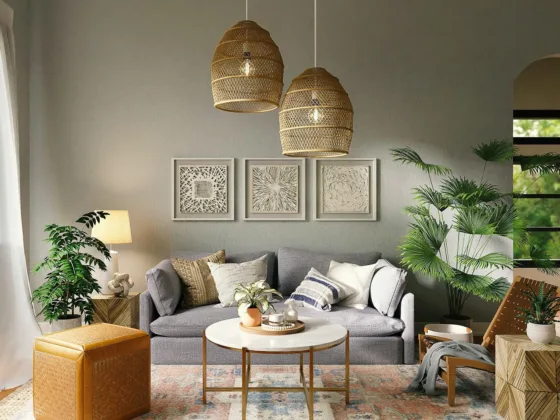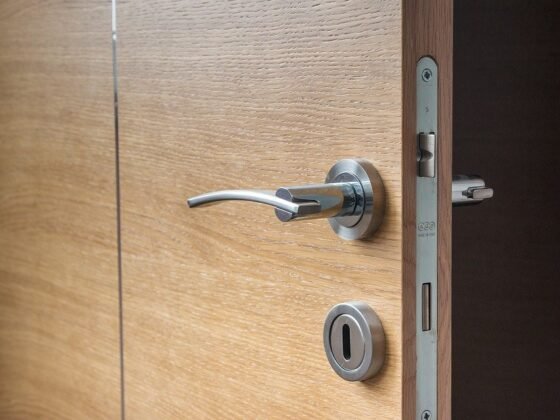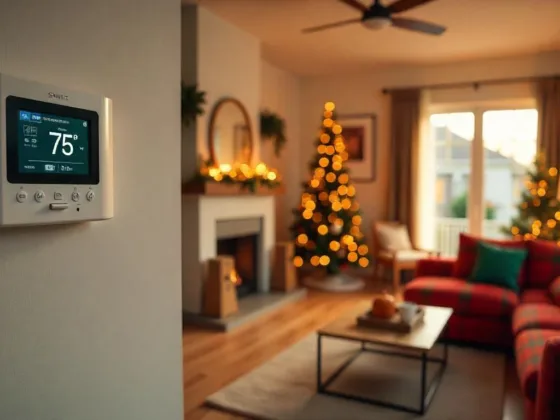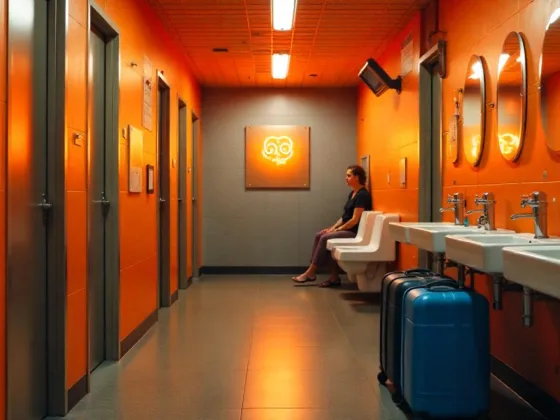Table of Contents Show
The interior design of your home is a form of self-expression, making your living spaces your own and reflecting your personal taste. Every design choice incorporates your unique style and personality.
Whether you’re a new homeowner or a seasoned design professional, understanding the spectrum of interior design choices is crucial to making your space look deliberate and curated, rather than thrown together.
While there may be a virtually limitless number of design styles, they all fall somewhere between minimalism and maximalism. These two contrasting styles are polar opposites, but smart design choices can blend them both or add a unique spin.
The Fundamentals of Minimalist Design
Minimalism focuses on simplicity, clean lines, and a pared-down approach. It’s about subtle elements, decluttered spaces, and a clear purpose to each and every visible piece in a space. All the elements are in harmony and contribute to the flow and functionality of each room. The color palette is muted to create a sense of calm and order, enhanced by natural materials like wood, stone, and linen.
How to Achieve a Minimalist Look
The core rules of minimalism include:
- Streamlining the space: The idea of minimalism is to select every design component with intention. Focus on elements that minimize distractions without sacrificing functionality.
- Choosing lasting design elements: While you can achieve minimalism on a budget, the minimalist approach prioritizes value and investment in materials and furniture that are designed to last. It’s all about quality over quantity, such as renovating a kitchen with durable, timeless materials and plenty of inconspicuous storage.
- Harmonious neutrals: Minimalist spaces work with neutral or earth tone colors like white, beige, gray, or subtle calming shades of purple, blue, and green. These colors make the space feel large and airy while complementing natural materials.
- Simple shades and structures: Furniture and décor with clean lines are a core aspect of minimalist design. Focus on functionality without a lot of clutter and knickknacks that disrupt visual balance.
- Natural light: Minimalist designs rely on a lot of natural light from large windows and skylights that create brighter, more open spaces and blend the indoors with the outdoors.
Design Variations on Minimalist Design
Several styles fall close to the minimalist end of the design spectrum, including:
- Mid-Century Modern: Mid-century modern design, as the name suggests, works with the aesthetics of the mid-20th century with materials like wood and leather. Warm wood tones are common with this type of minimalism, but bold colors or graphic patterns may be incorporated throughout. You can achieve a mid-century modern look with a blend of antique, vintage, or vintage-inspired furniture and décor.
- Zen-inspired minimalism: Minimalism has ties to rich Japanese culture and a blend of clean lines with nature-inspired décor. Zen-inspired minimalism uses natural materials like wood and bamboo with live plants and natural fibers. Features like shoji screens, talami mats, and clean sculptures may also be used.
- Industrial: This interior design style incorporates minimalist principles with raw materials, open spaces, and functional, clean-lined furniture. However, industrial style celebrates structural elements like brick walls, exposed pipes, and metal framing.
The Fundamentals of Maximalist Design
Maximalism is a design philosophy that takes a bold approach to colors, layouts, and clutter. On the opposite end of the spectrum, maximalism believes more is more. Abundance, rich textures, bold colors, and eclectic patterns that have character and personality. Think layered patterns, textures, and a blend of different design periods and styles.
As expected, maximalism has fewer rigid rules and strict design concepts. Instead, it’s the ultimate display of personal taste and creativity, leading to a “curated chaos” that captures attention and makes a space uniquely yours.
How to Achieve a Maximalist Look
Maximalism is achieved through different techniques with these loose design principles:
- Confident color and pattern choices: Maximalism relies on bold patterns and colors, including contrasting hues that create dynamic and energetic spaces. Think rich jewel tones, high saturation, and vivid colors associated with energy like orange, magenta, and bright blue.
- Layered textures and patterns: Mixing patterns and textures is often seen as a faux pas, but maximalism features layers of color and visual interest that are approached with thought and confidence. Pairing vintage and modern pieces or using a variety of patterns around a central color choice or theme are common.
- Expert curation: Maximalism gives you freedom to showcase your personal collection or unique décor that you’ve accumulated over the years, such as gallery art walls, funky souvenirs, or oddities, instead of generic décor.
Design Variations on Maximalist Design
Maximalism is about excess, but there are other forms of design that embrace this concept with different approaches:
- Hollywood Regency: Hollywood Regency is bold and maximalist, but it often incorporates more luxurious design elements that harken back to the Golden Age of Hollywood. Opulent silk and velvet, high lacquer finishes, and mirrored or metallic elements create a dramatic space, often complemented by oversized mirrors or elaborate chandeliers.
- Bohemian Style: Bohemian maximalism embraces the personality of maximalism with the bright, bold colors, except with a focus on cultural inspiration. Bright ikat and suzani textiles, layered area rugs, mismatched throw pillows, handmade items, and wall tapestries create an eclectic mix. Natural elements complete the vibe with an abundance of plants and macrame wall hangings.
- Eclectic: This design style intentionally combines elements from various eras, trends, and cultures, drawing inspiration from maximalist design principles. The result is a unique and personalized space with a mix of different textures, colors, and patterns in a “mix and match” look and a highly personal and creative approach.
Discover Your Personal Taste
Minimalism, maximalism, and everything in between offer distinct advantages, but it all depends on what reflects your personal taste. Browse the different styles to see which speak to you and suit your way of life, whether you’re planning to redecorate your rooms or do a full home renovation project.

Author Name: Rebecca Denis
Author Bio: Rebecca Denis, Head of Design at Revive Real Estate, is an accomplished and highly creative interior designer with over ten years of experience in the industry. With a passion for transforming spaces and a keen eye for detail, she has successfully completed numerous projects ranging from commercial spaces to custom show homes.
FAQs
Minimalism focuses on simplicity, clean lines, and a decluttered aesthetic, while maximalism embraces bold colors, layered textures, and a more eclectic approach to decor. Essentially, minimalism is about “less is more,” whereas maximalism believes “more is more”
To achieve a minimalist look, streamline your space by selecting design components with intention, prioritize quality over quantity in materials and furniture, use harmonious neutral colors, choose simple furniture with clean lines, and maximize natural light with large windows.
Some design styles that fall closer to minimalism include Mid-Century Modern, which often features warm wood tones and vintage-inspired furniture; Zen-inspired minimalism, which incorporates natural materials and plants; and Industrial style, which highlights raw materials and structural elements.
To achieve a maximalist look, confidently choose bold colors and patterns, layer different textures and styles, and curate a unique collection of decor that reflects your personality, allowing for a display of personal taste and creativity.
Variations of maximalist design include Hollywood Regency, which incorporates luxurious elements; Bohemian style, which focuses on cultural inspiration and bright textiles; and Eclectic style, which mixes elements from various eras and cultures for a highly personalized look.
To find a design style that suits you, explore different styles of minimalism and maximalism, considering what resonates with your personality and lifestyle. Experiment with elements of both approaches to create a space that truly reflects who you are.










